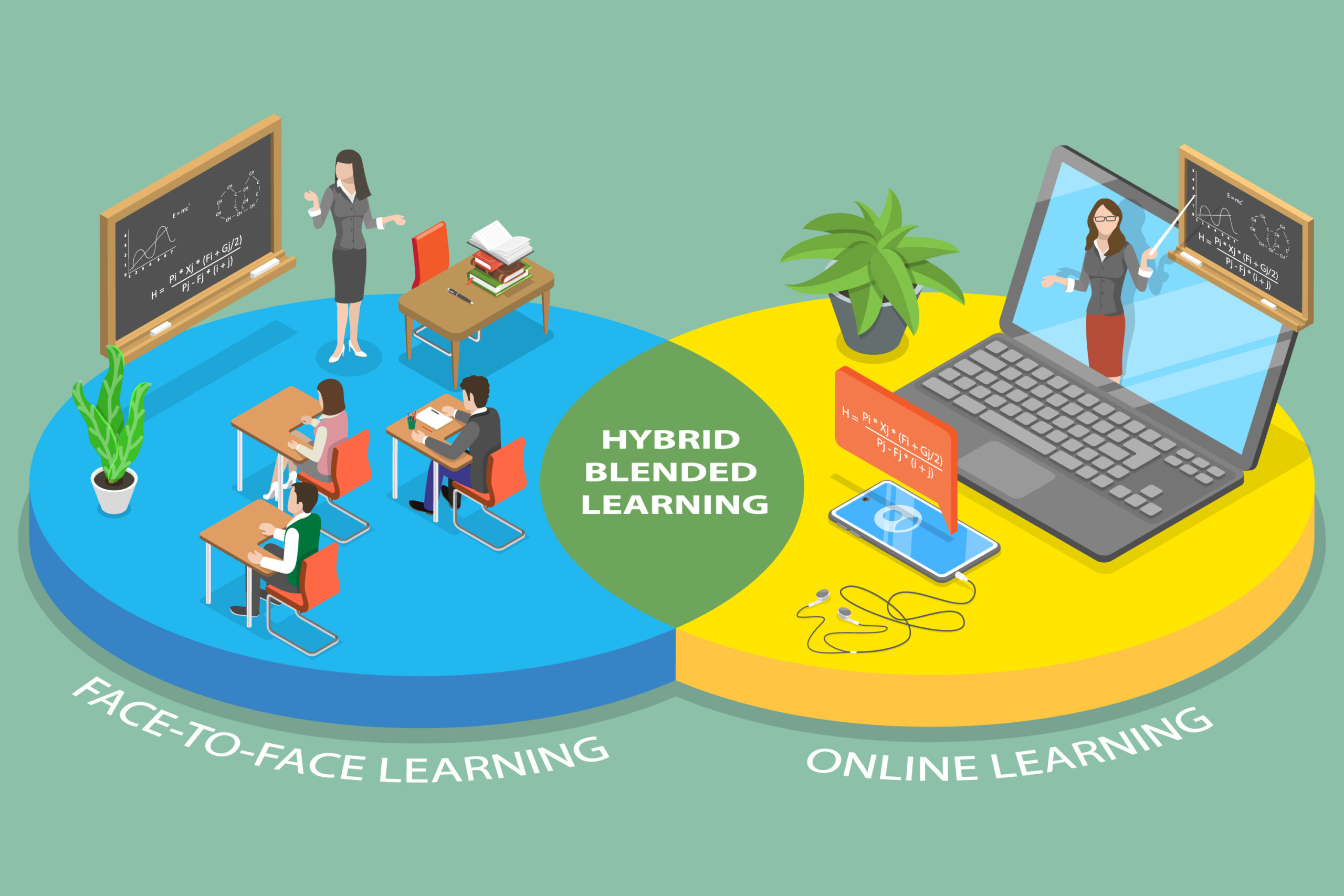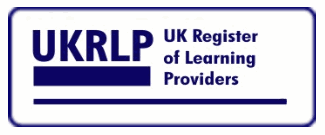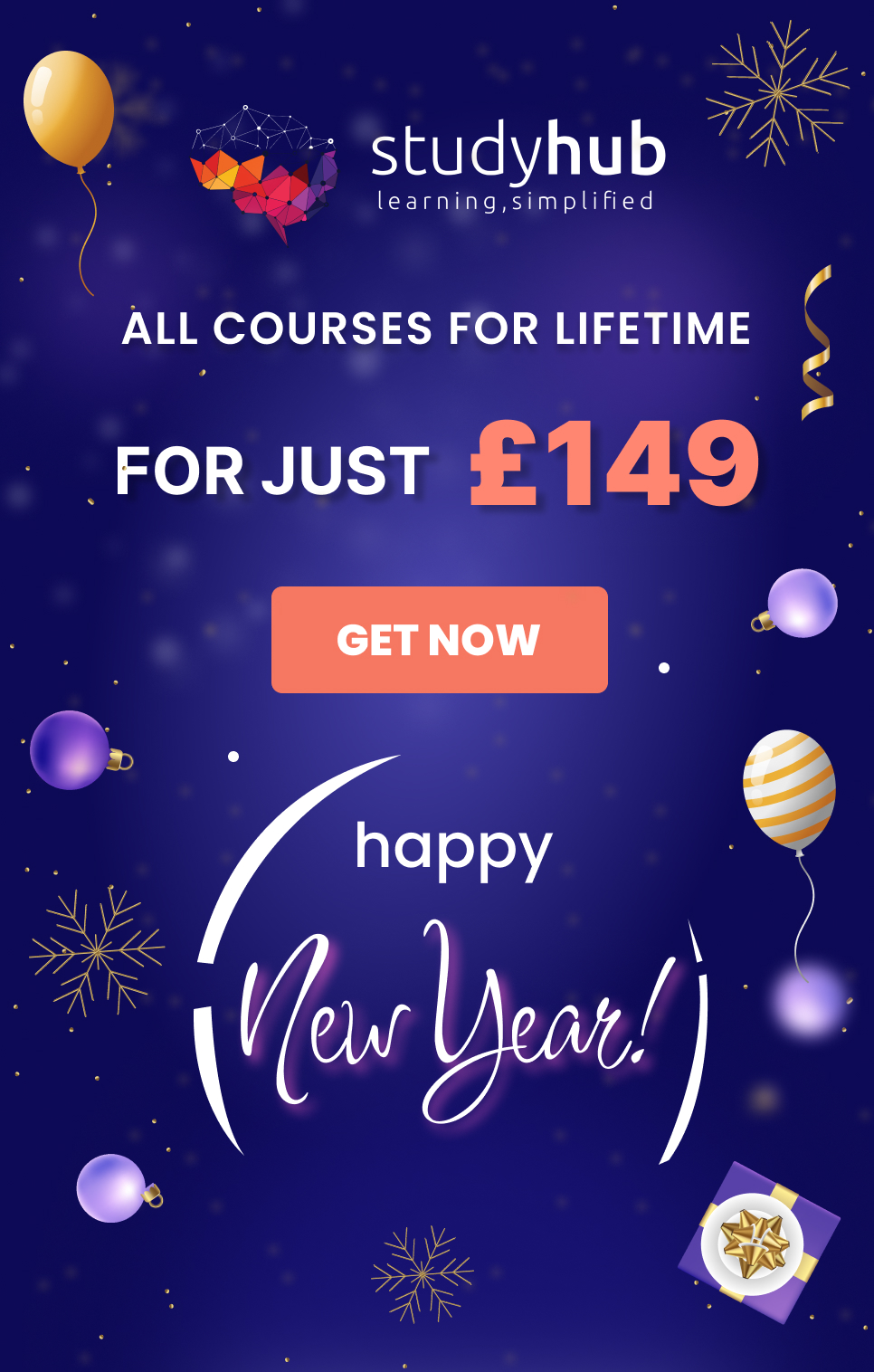
Table of Contents
What is Blended Learning?
Blended learning is a hybrid educational approach that combines conventional face-to-face classroom education with online learning experiences. It seeks to leverage the advantages of in-person teaching and e-learning, providing students with a more flexible and personalised learning environment. This approach has gained significant popularity in recent years due to its ability to adapt to different learning styles and meet the needs of a diverse student population.
Benefits of Blended Learning

Blended learning is the new norm in the educational sector. And after the COVID-19 situation, it became more popular than ever which offers several benefits to both students and educators.
Benefits of Blended Learning for students
For students, blended learning offers the following benefits:
Students can learn at their own pace: This is one of the biggest advantages of blended learning. Students can move through the material at their own speed without feeling rushed or left behind. This can be especially helpful for students who need more time to understand a concept or want to focus on specific course areas.
Students can learn in their own way: Blended learning courses often offer a variety of learning activities, such as videos, interactive exercises, and discussion forums. This allows students to choose the activities that work best for their learning style. For example, visual learners prefer to watch videos, while auditory learners prefer to listen to audio recordings.
Students can learn on their own time: Blended learning courses are often asynchronous, which means that students can access the materials and complete the assignments on their own time. This can be helpful for students who have busy schedules or who need to work around other commitments.
Expanded Learning Opportunities: Online courses offer vast subjects and disciplines that may not be available in a traditional classroom setting. Blended learning allows students to access these specialised courses while still benefiting from face-to-face interactions with instructors and classmates. This expands the range of subjects students can explore and provides opportunities for interdisciplinary learning.
Benefits of Blended Learning for educators
Educators are also getting benefits from the concept of blended learning. It allows them to tailor the learning experience to the individual needs of their students and to meet the demands of a diverse student population. This can lead to increased student engagement, improved learning outcomes, and a more positive overall learning experience. The advantages of educators/ teachers are:
Educators can tailor the learning experience to the individual needs of their students: Blended learning allows educators to provide a more personalised learning experience for their students. They can do this by choosing the online learning platform that best meets the needs of their students, as well as by choosing the learning activities they want to include in their courses. This can help ensure that all students succeed in the course, regardless of their learning style or background.
Educators can meet the demands of a diverse student population: Blended learning can help educators to meet the demands of a diverse student population. For example, students with busy schedules or who have disabilities may be able to benefit from the flexibility of blended learning. In addition, students who learn differently can find learning activities that work best for them in a blended learning course.
Educators can provide feedback to students in various ways: Blended learning allows educators to provide feedback to students in various ways. This can help ensure that students get the support they need to succeed in the course. For example, educators can provide feedback through online discussion forums, video conferencing, or email.
The best way to utilise blended learning for students
Blended learning is a hybrid learning system that is becoming popular worldwide. This field has a huge potential, and one needs the proper guidance to get benefitted from this hybrid learning model. Here are some tips for students to take the best advantage of this hybrid learning model:
Set clear goals and expectations: Before you start a blended learning course, take some time to think about your learning goals and what you hope to achieve. This will help you stay focused and motivated throughout the course.
Create a learning plan: Once you know your goals, create a learning plan outlining how to achieve them. This plan should include a schedule for completing the course materials, as well as a plan for how you will track your progress.
Take advantage of the resources available to you: Blended learning courses often offer a variety of resources, such as online forums, discussion boards, and tutoring services. These resources can be a great way to get help if you are struggling with a concept or assignment.
Be organised: Blended learning courses can be demanding, so it is important to be organised. This means keeping track of your assignments, deadlines, and learning goals. It also means setting aside time each week to work on the course.

Effective blended learning strategies for Educators
Use of multiple instruction materials: Try something supplementing lessons with free resources from the Internet, online discussion groups, your home-grown teaching resources, and test prep material along with your textbook.
Use of technology: Using technology in different ways can be direct instructional to your students or engage them in learning with fun activities or exercises.
Trying different teaching techniques: It’s a golden opportunity for a newbie in blended learning to use different teaching techniques. For example, if you are teaching chemistry in a blended chemistry class, you can show your students a video from youtube or anywhere else that shows how chain reactions are made.
Keeping traditional teaching methods: You shouldn’t dump your traditional teaching method because of blended learning. Cause teaching directly is more effective than teaching virtually.
- Mixing up group work styles: One of the most effective strategies is mixing up how group work is done in–and out–of the classroom. If the students work on a group project, it’s quite natural for them to do all the tasks in class. But with blended learning, educators may connect the learners digitally outside of class time.
Effective lesson planning not only helps teachers stay organized and focused, but it also allows them to create meaningful learning experiences that support student growth and achievement.Here is a course for teachers for creating effective lesson planning and laying foundation for effective and engaging classroom instruction.
Future of blended learning
BAs we look into the future, blended learning has grown popularity in recent years and will continue to evolve and play a significant role in education. Here are some potential trends and developments that could shape the future of blended learning:
Advancements in technology: As technology advances, we expect to see more sophisticated tools and platforms explicitly designed for blended learning. Virtual reality (VR), augmented reality (AR), and artificial intelligence (AI) could be integrated into the learning experience, providing immersive and personalised learning opportunities.
Personalised and adaptive learning: Blended learning can leverage data analytics and AI algorithms to provide customised learning experiences tailored to individual student needs. Adaptive learning platforms can analyse students’ performance and provide targeted recommendations, allowing learners to progress at their own pace.
Gamification and interactive experiences: Gamification elements, such as badges, leaderboards, and rewards, can enhance student engagement and motivation in blended learning environments. Interactive simulations, virtual labs, and collaborative projects can also be incorporated to make learning more interactive and hands-on.
Mobile learning and microlearning: With the increasing use of smartphones and tablets, mobile learning will continue to gain prominence in blended learning. Microlearning, which involves delivering content in small, bite-sized chunks, will also be more widely adopted, allowing learners to access information on the go and fit learning into their busy schedules.
Flipped classrooms: The flipped classroom model, where students learn new content online at home and engage in hands-on activities or discussions in class, has already gained traction. Blended learning will further support this model, providing online resources and instructional videos for students to review outside the classroom.
Collaboration and social learning: Blended learning can facilitate collaboration among students, even if they are not physically present. Online discussion forums, video conferencing tools, and collaborative platforms enable learners to engage with peers and instructors, fostering social learning and the development of teamwork skills.
Lifelong learning and professional development: Blended learning can extend beyond traditional educational settings, supporting lifelong learning and professional development. Online courses, webinars, and virtual conferences can provide accessible and flexible learning opportunities for individuals at different stages of their careers.
Accessibility and inclusivity: Blended learning has the potential to address accessibility challenges and promote inclusivity. Online resources can be designed to accommodate diverse learning styles, and digital tools can assist learners with disabilities, making education more accessible to all.
Overall, the future of blended learning holds great promise in terms of personalised learning experiences, innovative technology integration, and enhanced collaboration as educators and institutions continue to explore and refine blended learning models, which will likely become an integral part of education systems worldwide.

Conclusion
So, the future of blended learning is bursting with possibilities, a powerful tool that can help students learn more effectively. By combining the best of traditional and online learning, blended learning can provide students with a more flexible, engaging, and personalised learning experience. As e-learning continues to evolve, it is likely to play an even greater role in the future of blended learning.
FAQs
Blended learning is a popular method of education in the current world, but it has its drawbacks. Here are some of the potential disadvantages for learners and educators:
Learners:
Access to resources: A blended learning model often requires students to use technology outside the classroom. This can be a challenge for learners who do not have equal access to technology or who do not have the digital skills necessary to use it effectively.
Supporting individual learners: There is no one-size-fits-all approach to blended learning. This means that some learners may not find it as accessible as others, especially those with special needs or who are not confident using technology.
Lack of direct contact: Blended learning can also lead to a lack of direct communication between learners and their teachers. This can challenge learners who need more support or are struggling with the material.
Educators:
Bottom-up approach: Blended learning is often implemented on a bottom-up basis, meaning that teachers or other staff members must take the initiative to adopt it. This can be challenging if there needs to be more support or resources available.
Lack of infrastructure: Setting up the internal structure needed to implement blended learning can be difficult. This includes things like ensuring that all learners have access to the necessary technology and that there is enough training and support available for teachers.
Time constraints: Moving towards a blended learning environment can take time. This is because there is a lot of planning and preparation involved, as well as the need to train teachers and learners on how to use the new technology.
Overall, blended learning can be a valuable approach to education. However, it is important to know the potential drawbacks before adopting it. By addressing these challenges, educators can ensure that blended learning is a prosperous and equitable experience for all learners. Here are some additional tips for overcoming the challenges of blended learning:
Provide clear and consistent guidance to learners on accessing and using the online materials.
Offer various support options for learners, such as online tutoring, peer-to-peer support, and office hours.
Build opportunities for learners to interact with each other and the teacher, both online and in person.
Use technology to track learner progress and identify those needing additional support.
Blended learning is a combination of traditional face-to-face instruction and online learning. It has been shown to be more effective than traditional learning methods in a number of studies.
One study conducted by the University of Central Florida found that students who participated in a blended learning course had higher test scores and were more likely to complete the course than students who took the same course in a traditional face-to-face format.
Another study conducted by the University of Maryland found that students who participated in a blended learning course were more engaged in the learning process and were more likely to retain the information they learned than students who took the same course in a traditional face-to-face format.
There are a number of reasons why blended learning is more effective than traditional learning methods. First, blended learning allows students to learn at their own pace and in their own way. This is because students can access the online learning materials at any time and from any location.
Second, blended learning allows students to interact with each other and the instructor in various ways. This can help to improve student motivation and engagement.
Third, blended learning can be more personalised than traditional learning methods. This is because students can choose the online learning materials that are most relevant to their needs.
Overall, blended learning is a more effective way to learn than traditional learning methods. It is more engaging, personalised and can help students learn at their own pace.
Here is a list of some popular e-learning platforms in the world:
Coursera: Coursera is a massive open online course (MOOC) platform that offers courses from top universities and institutions around the world. Courses on Coursera cover a wide range of topics, including business, computer science, data science, humanities, and more.
edX: edX is another popular MOOC platform that offers courses from top universities and institutions, such as Harvard University, MIT, and Stanford University. edX courses cover a wide range of topics, including computer science, data science, business, and humanities.
Udemy: Udemy is a marketplace for online courses that offer courses on a wide range of topics, including business, technology, personal development, and more. Instructors from all over the world create udemy courses, and they range in price from free to hundreds of dollars.
LinkedIn Learning: LinkedIn Learning (formerly Lynda.com) is an online learning platform offering business, technology, and creative skills courses. LinkedIn Industry experts create learning courses, and they are available to LinkedIn members.
Skillshare: Skillshare is an online learning platform that offers courses on creative skills, such as design, photography, video editing, and more. Professional artists and designers create Skillshare courses, and they are available to Skillshare members.
These are just a few of the many popular e-learning sites available. When choosing an e-learning site, it is important to consider your needs and interests. Some factors to consider include the topics offered, the quality of the courses, the price, and the flexibility of the platform.
In Studyhub, we also have a course library of 1000+ premium courses on a wide range of topics, including business, computer science, data science, humanities, care working, human resources and many more.
WJEC, also known as CBAC, is an examination board that provides examinations, professional development, and educational resources to schools and colleges in Wales, England, and Northern Ireland. It offers a wide range of qualifications, including GCSEs, A Levels, and vocational qualifications. WJEC also offers professional development courses for teachers and other education professionals. In addition to its own name, WJEC also operates under the Eduqas, which offers a range of qualifications that are specifically designed for students in England and Northern Ireland. WJEC is a non-profit organisation that is committed to providing high-quality qualifications that meet the needs of students and employers.
- All Courses
- IT & Software317
- Management263
- Teaching and Education229
- Business219
- Health and Fitness216
- Health & Safety155
- Engineering & Technology141
- Quality Licence Scheme136
- Health and Social Care128
- Healthcare123
- Accounting & Finance111
- Psychology96
- Lifestyle94
- Employability91
- Marketing75
- Office Productivity59
- Animal Care55
- Design and Photography48
- Beauty & Makeup43
- Design39
- Accounting & Bookkeeping32
- Web Development11
- Child Care8
- Construction7
- Agriculture5
- Environment1
Awarded By





0 responses on "Blended Learning: All you need to know about blended learning for students and educators"